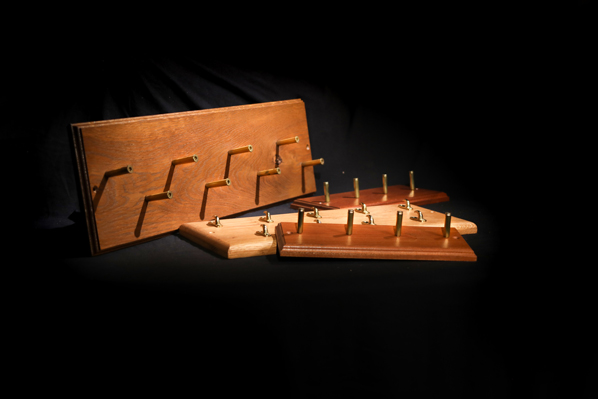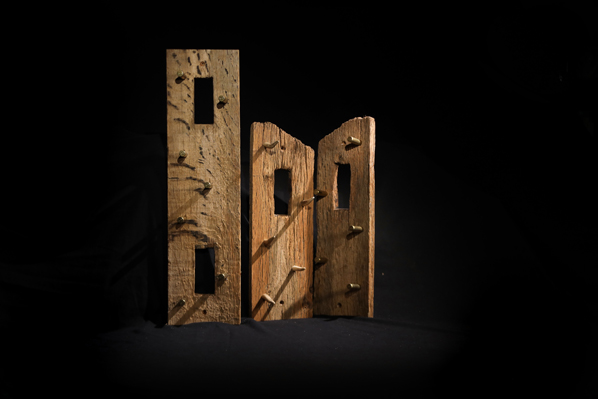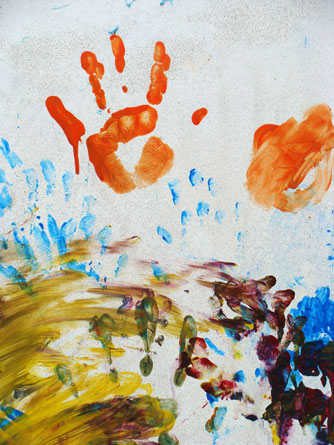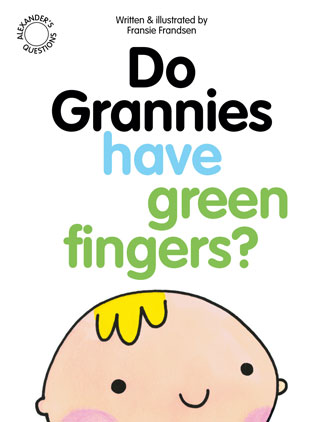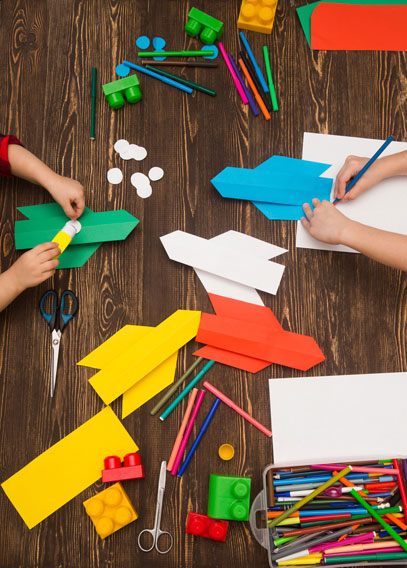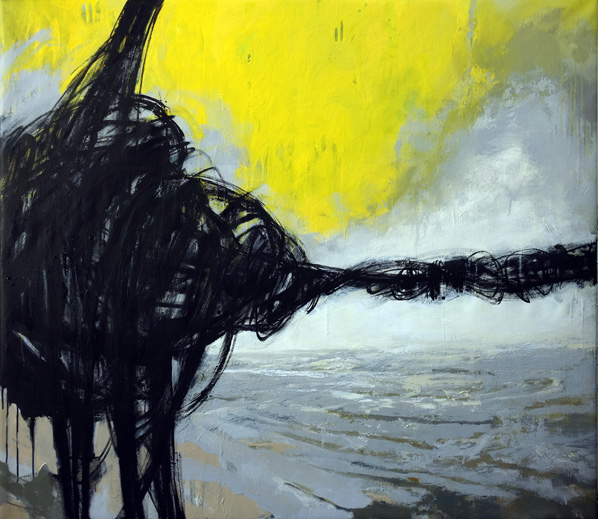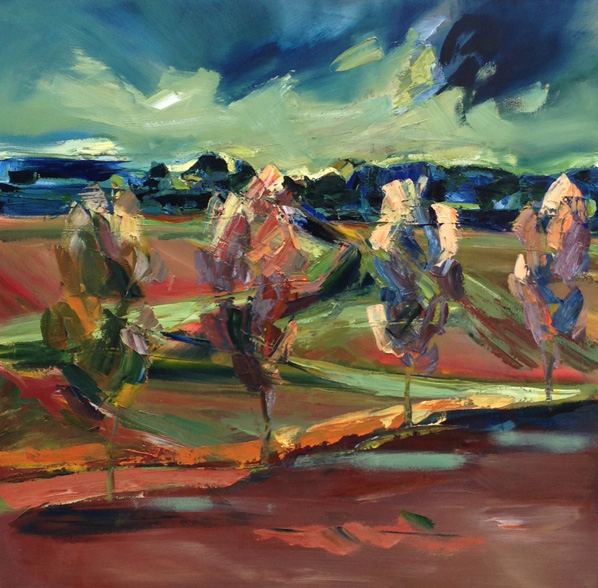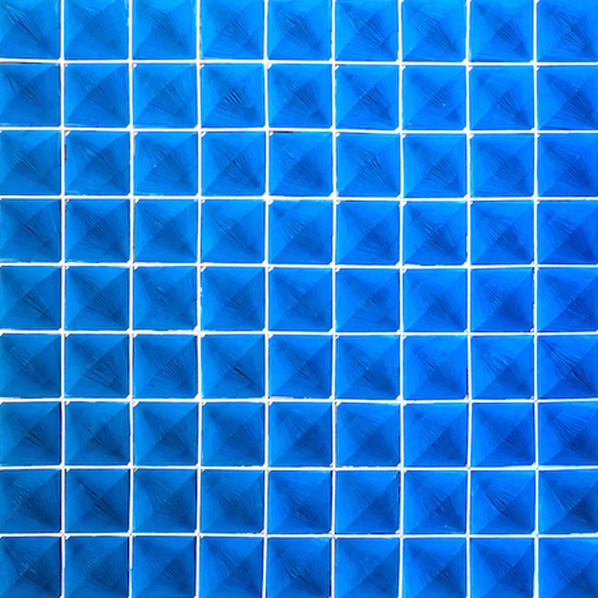There is an old Hebrew proverb which says that if you save one life, you save the world. But stockbroker-turned-humanitarian Sir Nicholas Winton saved more than just one life on the eve of the Second World War: he saved 669, in fact – thus saving the lives of generations to come.
Sir Nicholas, known as Nicky to his friends and family, did his benevolent work in Czechoslovakia in the late 1930s, but his actions only really became widely known in 1988, when he was celebrated live on the BBC during the TV programme That’s Life.
It was revealed on the popular current affairs programme that Nicky – the unassuming elderly man in the front row of the studio audience, who had barely breathed a word of what he had done in the intervening years – had rescued hundreds of children, most of them Jewish, helping them flee the Nazis by providing rail transport, visas and accommodation in Britain.
Now his story is being told on the big screen in One Life, with Sir Anthony Hopkins and Johnny Flynn as Nicky during two significant stages of his life: Flynn as the younger man in Prague, and Sir Anthony as the elder 50 years later, still carrying guilt for the children he was not able to bring to safety.
Editorial by Rachael Davis, PA Entertainment Features Writer
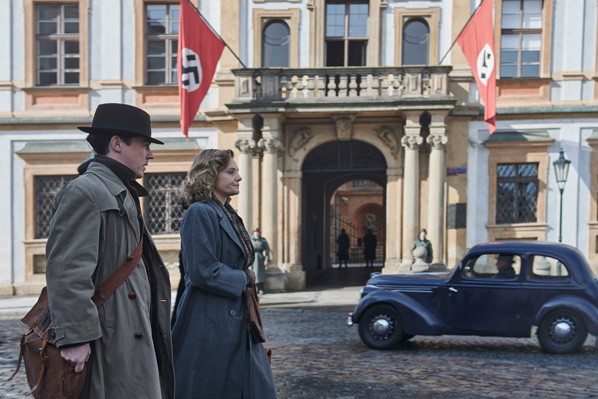
In December 1938, Nicky visited Prague, where there operated a small NGO – the British Committee for Refugees in Czechoslovakia – which tried to help those fleeing Nazi persecution in Germany and Austria.
He found families living with little to no shelter or food, while the threat of Nazi invasion loomed. He realised these people, these children, needed to be taken to safety – and fast. It was a race against time before the borders closed, and before the vulnerable youngsters succumbed to the squalid conditions in which they lived.
“Nicky says (in the screenplay): ‘I’m a European, I’m a socialist, I’m an agnostic’ – his belief, his faith, was in humanity,” says Operation Mincemeat and Emma star Flynn, 40.
“He considered everybody to be the same and all lives worth saving.”
While One Life follows Nicky, he formed part of a larger team operating out of Prague. As Sir Anthony, 85, says: “It’s about several people – not just one man – saving the lives of children who are about to be consumed into the gas chambers and furnaces of Auschwitz, Treblinka and Belsen.”
A key member of this Prague team was Doreen Warriner, played by Atonement and Becoming Elizabeth’s Romola Garai.

“I knew nothing about her at all,” says Garai, 41, of Doreen.
“She never saw any kind of recognition for her contribution in World War Two, or any of the other many, many amazing things she achieved in her life. She’s a real (example) of the kind of incredible life that a woman will lead, and then never tell anybody about it.”
Nicky’s German mother Babi, played by Helena Bonham Carter, greatly assists the operation from London, but faced emotional conflict when her son presented her with his plan to try to get the children to Britain.
“She’s reluctant because it’s a highly dangerous situation,” says Bonham Carter, 57, known for roles in Harry Potter and Les Miserables.
“He’s walking into the mouth of a tiger, and it’s not made explicit, but Nicky is of Jewish extraction.
“They were called Wertheim until 1937, so the Winton renaming is very recent in the timeline… whilst Babi had Nicholas christened, she and her husband were German Jewish, both from Nuremberg.
“She’s also survived the First World War, she knows what it’s like to survive prejudice, as well as what’s happening with the Jews in Prague.
“She’s scared, of course, but when he comes back with this idea, I think she’s very proud.”

In recreating this extraordinary story, director James Hawes – for whom this film marks his feature directorial debut – thought it important to use real locations wherever possible. One such location was Prague station, indeed the very platform where Nicky’s evacuation trains departed from.
“In the palette of the film, I have almost no red: We took it out of costume, we’d taken it out of almost everything, and then when it comes, it comes largely because of the Nazi flag – so it punches through,” explains Hawes of achieving the emotional impact of the Nazi presence.
Filming in Prague station, he adds, was “incredibly evocative” – particularly later scenes where Nazi flags adorn the platforms.
“On the night before the filming (of the scene) with the Nazis being there, the art department were prepping the flags and putting them up. And people didn’t know this was for a film,” Hawes says.
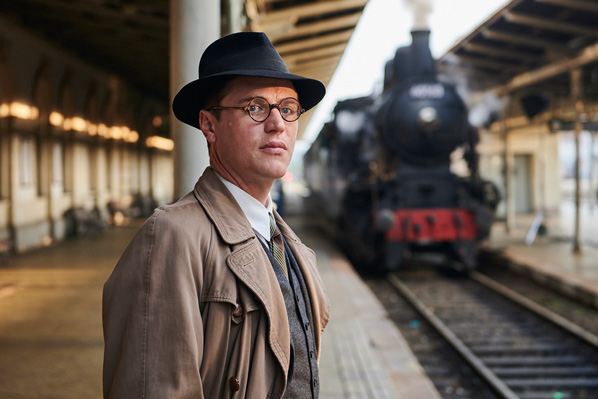
“So powerful is that image, as you can imagine, in Prague, that there were complaints… armed police responded in a hurry, because they thought it was some sort of far-right demo going on. So we had to calm things down a bit and explain what was happening.”
“I think there are moments in your life as an actor where you feel the tremendous weight of responsibility to tell a story well, to tell it accurately,” adds Garai.
“When you’re standing, dressed as somebody, standing on the actual platform of the actual station where they gathered up hundreds and hundreds of children, put them on these trains, having spent months trying to get them visas and campaigned for money to support their travel, find host families for them, to save their lives… It was deeply emotional filming those scenes.”
While One Life tells a historic story, it is pertinent now, too.
“It’s not a war film; it’s a human story, about real people,” says Flynn.
“It’s not about soldiers, but about people being compromised by conflict and how they deal with it; small and large acts of heroism and sacrifice. It is how people help each other in the cracks in between those conflicts.”
“The film depicts a time in the 1930s where unemployment was very high in Britain at the time, there was a lot of fear about immigration, and that fear is here with us now,” adds Garai.

“The title of this film, One Life: any human being can change the world so much for the better. And if you’re open to people and open to what they can contribute, then it can be such a powerful force for good, for you as an individual, for your family, for your culture and your country.
“That isn’t an argument I think people can afford to ever stop making.”
That is a sentiment shared by Sir Anthony, too.
“I only hope this will send a message lest we forget,” he says.
“Because we forget so quickly.”
One Life arrived in UK cinemas on Monday, January 1.






